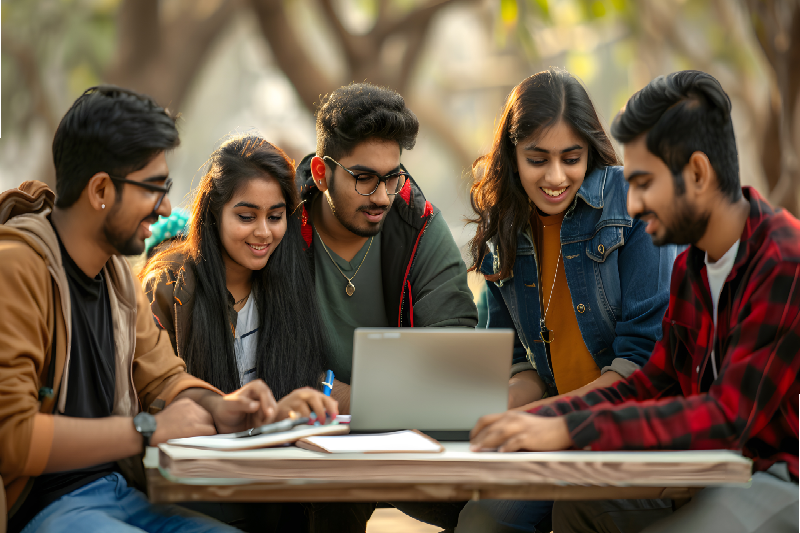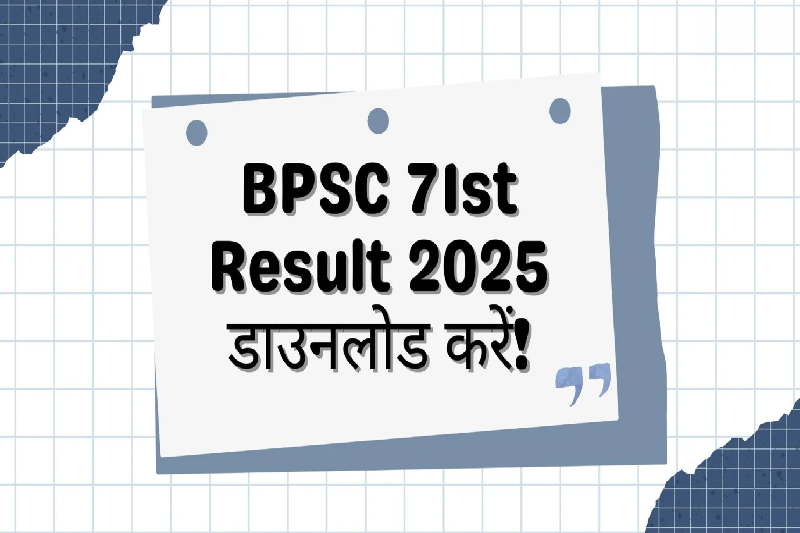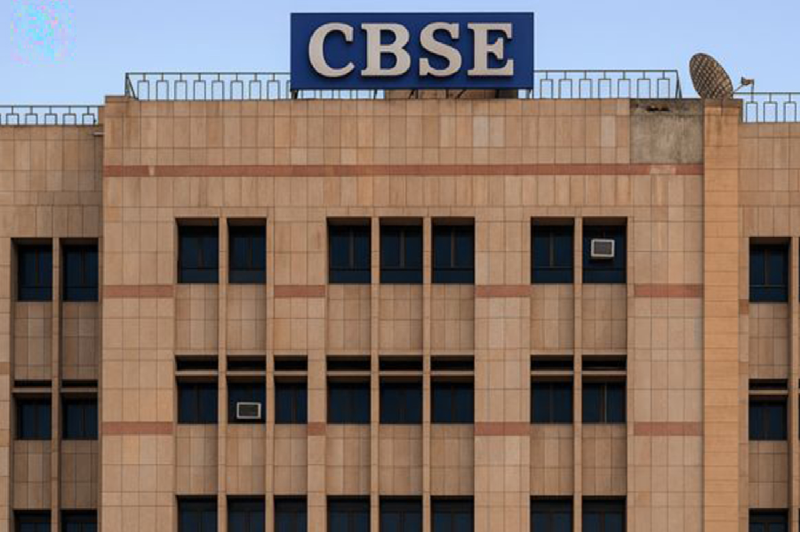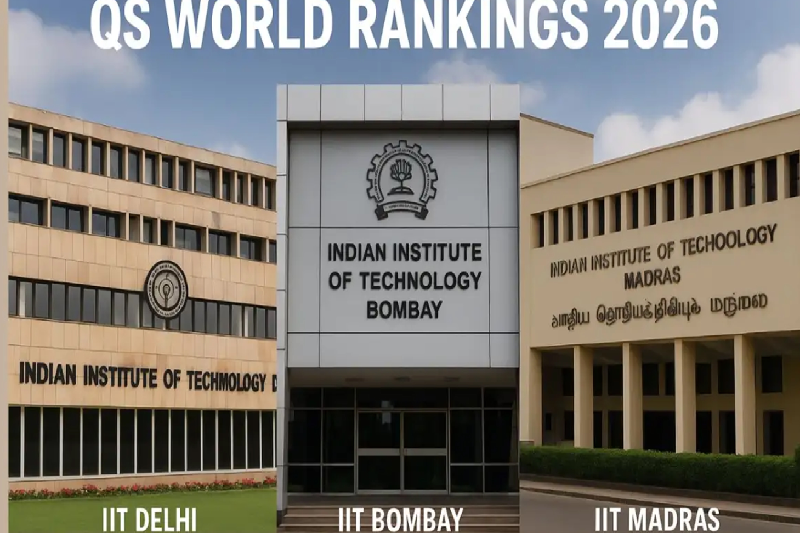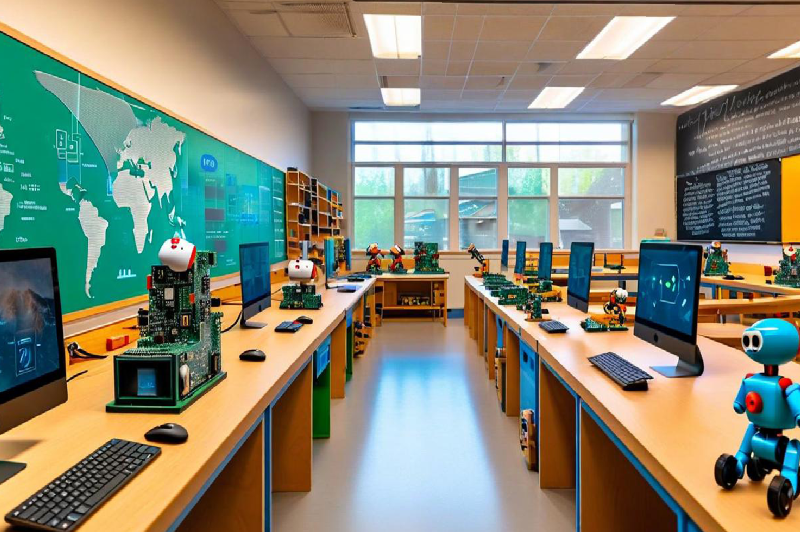
Personalised Learning Software Doubles Student Progress in Andhra Pradesh Government Schools
A Landmark Study on AI-Powered Education Tools
In a significant development for government education in India, a new study has revealed that personalised learning technology has doubled student learning rates in Andhra Pradesh. Conducted by researchers at the Development Innovation Lab, University of Chicago, and presented by Nobel laureate economist Michael Kremer, the findings point to the transformative potential of Personalised Adaptive Learning (PAL) software in bridging learning gaps.
Background: Andhra Pradesh’s EdTech Initiative
In 2019, the Andhra Pradesh government partnered with ConveGenius.AI, an AI-powered adaptive learning platform, to launch CG PAL for students in Classes 6 to 9. The objective was to introduce technology-driven solutions that could cater to diverse learning levels within a classroom.
Today, over 1,224 schools across the state are equipped with tablets powered by PAL software. The initiative is part of the government’s larger commitment to strengthening public education through innovative technology, funded by Samagra Shiksha.
How PAL Works
PAL software functions by first determining a student’s existing learning level. It then customises study material and assessment questions accordingly. This adaptive mechanism ensures that students receive content suited to their needs, rather than a one-size-fits-all approach.
By doing so, it addresses one of the biggest challenges in classrooms—heterogeneity in learning levels. While some students advance quickly, others often lag behind. PAL helps narrow this gap by providing a more balanced and personalised pace of learning.
The Evaluation Study
The evaluation of PAL’s impact was carried out between 2023 and 2025 in collaboration with the Andhra Pradesh Department of School Education and the Central Square Foundation. The research design followed a randomised control trial (RCT) model, covering:
- 60 schools with PAL implementation
- 60 schools without PAL
- 14,000 students assessed over 17 months
At the end of this period, students undertook a tablet-based math assessment containing questions ranging from Grade 2 up to their current grade level.
Key Findings: Doubling of Learning Rates
The results were striking. Students using PAL recorded learning gains 2.3 times higher than their peers without PAL. This was measured in terms of equivalent years of schooling:
- Girls gained 2.31 years of learning
- Boys gained 1.54 years
The data also highlighted that girls engaged with the software more frequently than boys, leading to better outcomes.
Grade-Wise Impact
The study further revealed differences across grade levels:
- Class 6 students gained 2.04 years of schooling in 2024–25.
- Class 7 students recorded 2.36 years of learning gains over two academic years.
- Class 8 students showed 1.77 years of progress.
- Class 9 students registered 1.54 years of additional learning.
This demonstrated that younger students, with more exposure to PAL over time, benefitted the most.
Role of Usage Patterns
One of the strongest correlations the study found was between software usage time and learning gains.
- On average, students used PAL for 35.3 hours over the 17-month period.
- For every additional hour of usage per year, students achieved 0.06 more equivalent years of schooling.
Smaller class sizes allowed for greater access to tablets, which in turn boosted engagement and results.
Integration in Schools
According to B. Srinivasa Rao, State Project Director of Samagra Shiksha, the PAL program replaced two 40-minute math classes per week. Teachers were trained to supervise and guide students while using the software, ensuring effective integration into the existing timetable.
The Andhra Pradesh government provided tablets, which were either placed in school labs or managed by headmasters in schools without dedicated facilities. This structured rollout ensured equitable access across diverse settings.
Plans for Expansion
Encouraged by the success, the state now plans to expand PAL usage to PM-SHRI and secondary schools, which include more than 900 institutions. Instead of tablets, Chromebooks are being considered for future procurements, given their durability and longer shelf life.
This proposed expansion signals Andhra Pradesh’s intent to scale the initiative statewide, further institutionalising personalised learning in government schools.
Broader Implications for Indian Education
Kremer emphasised that the study underscores a fundamental challenge in schools—variation in student learning levels. Some students excel quickly, while others risk being left behind. PAL’s adaptive approach directly addresses this issue by creating tailored pathways for each learner.
This is not the first instance of PAL showing success. Earlier studies in Delhi private schools (2019) and Rajasthan government schools (2025) also documented significant improvements in student learning outcomes.
A Step Towards Equitable Learning
The Andhra Pradesh experiment highlights that technology, when applied thoughtfully, can be a great equaliser in education. By leveraging AI-powered personalised tools, the state has been able to:
- Double learning rates for students in government schools
- Empower girls, who showed higher engagement and gains
- Reduce gaps between lower and higher achievers
- Provide evidence for policy makers on the value of scalable EdTech solutions
Conclusion
The success of PAL in Andhra Pradesh serves as a model for other states across India. By combining government vision, technological innovation, and rigorous evaluation, the initiative has proven that personalised learning is not just an idea, but a powerful reality capable of transforming classrooms.
As the state prepares to expand this program, it raises a larger question: Could personalised, AI-driven learning become the cornerstone of India’s future education system?
